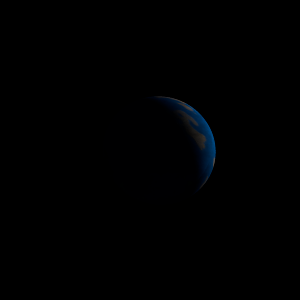|
|
Space Astro
|
Info for exoplanet "Pyaga'sho"
| Scientific (actual) data |
|---|
| Name | HD 87816 b |
| Planet status | Confirmed |
| Mass sini | 6.74 |
| Orbital period | 484.17 |
| Semi major axis | 1.618 |
| Orbit eccentricity | 0.78 |
| Discovered | 2025 |
| Updated | 2025-05-21 |
| Omega | 337.1 |
| K | 155.03 |
| Publication | Published in a refereed paper |
| Detection type | Radial Velocity |
| Mass measurement type | Radial Velocity |
| Alternate names | R Vel b |
| Star name | HD 87816 |
| Right ascension | 151.53° |
| Declination | -52.19° |
| Mag v | 6.5 |
| Mag j | 4.8 |
| Mag h | 4.4 |
| Mag k | 4.2 |
| Star distance | 133.23 |
| Star metallicity | 0.14 |
| Star mass | 2.41 |
| Star radius | 9 |
| Star sp type | K0III |
| Star temperature | 4989 |
| Star alternate names | R Vel |
| Wikipedia article | HD 87816 b |
Back
| |
| Fictional info (?) |
|---|
| Suggested name | Pyaga'sho |
| Planet type | Cold planet |
| Its orbital period around HD 87816 of 480 earth days is the shortest of all the planets in its solar system.
The outer atmosphere is visibly segregated into several bands at different latitudes, resulting in turbulence and storms along their interacting boundaries. A prominent result is the "great green spot", a giant storm that is known to have existed for centuries since it was first observed by radar. |
| Atmosphere | 2H2O | 60% |
| Hydrogen deuteride (HD) | 40% |
| Sulfur dioxide | 0.032% |
| Argon | 0.0085% |
| Ethane | 8.9E-5% |
| Atmospheric pressure | 14 bar |
 |
| No known satellites |
| Google search for Pyaga'sho |
|
Website by Joachim Michaelis
|
|
|
|